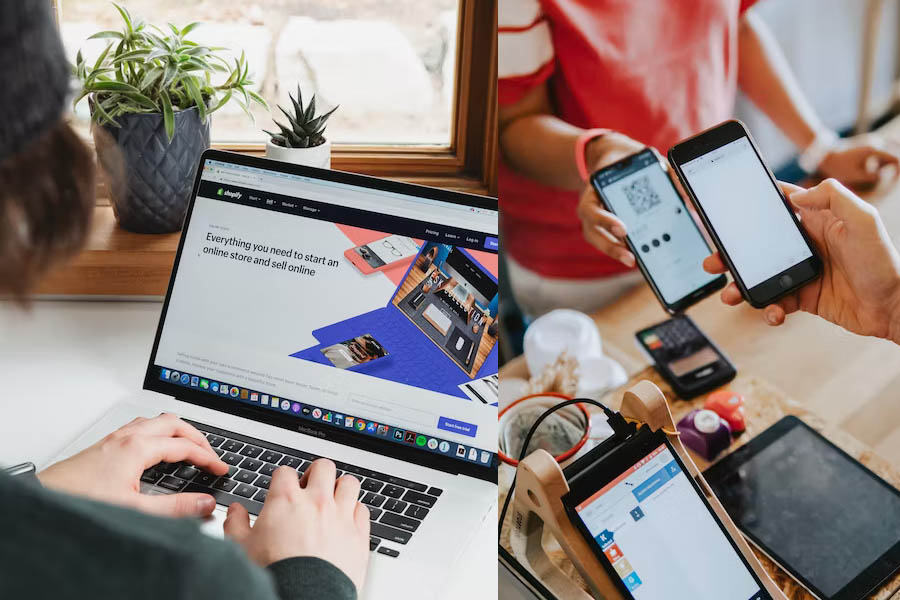
In the bustling world of retail, a digital revolution is underway. No longer confined to mere footfall counts at the entrance, retailers have embraced innovative technologies to track shoppers' every move inside stores. The rise of "indoor-location" services is reshaping the retail landscape, offering unprecedented insights into consumer behavior and preferences. This article explores the evolution of indoor-location services in the digital realm of 2023, revealing the transformative potential of these technologies.
Indoor-Location Services: The Digital Footfall 2.0
In the heart of physical retail spaces, hidden sensors and smart devices collaborate to create a seamless shopping experience. Companies like Walkbase and IndoorAtlas employ sophisticated technologies, from LED-coded signals to geomagnetic field monitoring, to trace customers' paths through stores. As smartphone ownership soars, the market for indoor phone tracking is set to skyrocket, projected to reach $23 billion by 2023, according to Research and Markets.
Retailer's Vision: Beyond Footsteps
Retailers are leveraging indoor-location services to gain valuable insights into customer behavior. Basic applications involve optimizing store layouts based on traffic patterns. For instance, if shoppers frequently move from "frozen goods" to "alcohol," retailers might strategically relocate these sections. With deeper data, retailers can analyze departmental effectiveness, all without compromising shopper anonymity.
The Personalization Frontier: Balancing Privacy and Profit
The real game-changer lies in the personalized shopping experience. By encouraging customers to share personal information, retailers can tailor offerings precisely to individual preferences. Some stores, equipped with Wi-Fi systems, discreetly analyze online search histories and locations, enabling them to send location-specific, personalized discounts. However, concerns about privacy, especially in Europe, have slowed down widespread adoption of such practices.
The Apple and Google Effect: A Retail Revolution Beckons
Apple and Google, tech giants at the forefront, are revolutionizing indoor-location services. Using motion sensors in smartphones, they map existing Wi-Fi and radio-frequency signals to guide shoppers. The future holds a shopping experience where your phone, empowered by Apple and Google's technology, becomes your personal guide within stores, locating items within centimeters.
Embracing the Digital Shopping Future
The digital transformation of retail, powered by indoor-location services, promises a future where shopping is tailored, convenient, and incredibly personalized. As shoppers navigate stores armed with smartphones equipped with Apple and Google's indoor-location services, retailers can craft experiences that seamlessly blend the physical and digital realms. In this evolving landscape, every step shoppers take is an opportunity for retailers to enhance customer satisfaction and redefine the art of shopping in the digital age.